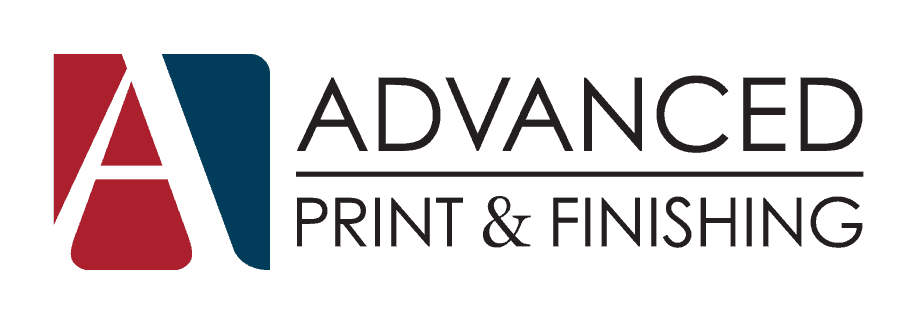Create a unique experience for your guests with custom printed menus from Advanced Print & Finishing. Options We offer a wide variety of paper and finishing options to make your establishment stand out from the rest. Even a simple black and white menu can easily be enhanced with textured paper and finishing options like round cornering. Lamination Another popular option for some eateries is to add a laminate. We offer gloss, satin and soft touch laminate in sealed edge or flush trim in a variety of thicknesses: 1.5, 3, 5 and 10 mil. Those wanting the most durable and long lasting option, 10 mil Gloss Sealed Edge Laminate is definitely the preferred option. And don’t forget about To-Go and Kids Menus; we can assist with those too! Instant Quote Many of our options are presented in our instant online quote form. This pricing guide was created to simplify your options …
Advanced Lamination Options
Whether you are wanting to add a layer of protection to your printed piece or create a graphic effect, Advanced Print and Finishing has multiple types of laminate to achieve your goals. We offer gloss, satin, soft touch and even dry erase laminate. Recommendations Depending on the end use of your project, we can recommend the correct thickness to meet your needs as well as if it needs to have a sealed edge or flush trim. Thicknesses range from 1.5 to 10 mil in one and two sided laminate. One sided laminate is used primarily for book covers and marketing pieces. Two sided laminate is more popular for menus and items that need to be water resistant. Other Options Other finishing options for laminate projects include: round cornering, plastic coil binding, grommeting and foil stamping. Since there are quite a few twists and turns to laminate projects we are always …
File Setup for Perfect Bound Books
File setup for perfect bound books can be a bit tricky at times. Accounting for all the variables such as paper thickness, page count, bleeds and hinge scores is necessary to have a quality end product. Here are a few tips to prepare your files: Set Up Tips for the Cover: We require a 3/8” trim on the top and bottom of the book cover. We require an 1/8” trim on the face of the cover. Keep critical text and graphics clear of the trim edges; pull in 1/4” (.25″ margin). If you have any questions about determining the spine thickness feel free to email our prepress department at prepress@advancedpf.com with the type of cover paper, text paper and page/sheet count to get an exact measurement. Set Up Tips for the Inside Pages: We require 1/8” trim on all sides of the book. Send collated slip sheeted sets if printing digitally. Keep …
Print Today: Measuring Advertising Effectiveness
It’s news to some people: print advertising is sticking around. But methods of measuring the advertising effectiveness of print is changing. Or, it should be. Studies show that we consumers are neurologically disposedto respond better to print ads in certain situations – and this is not just true of the old folks, either. Studies showthat while Millennials are more influenced by digital ads than other age groups, they pay more attention to traditional ads. Recently, the Wall Street Journalreleased the following chart, and it’s no surprise that ad spending on print has dropped in recent years while spending on digital ads has accelerated. But look at what happens to print in the next few years: print spending will remain around the same level where it is today. Print clearly will remain a major advertising player. For it to complement digital and other types of advertising we must focus on better ways of reporting …
Paper Brightness, Whiteness and Shade
Paper brightness, whiteness and shade are three of the most often misunderstood variables of paper choice. However, they all play an important role in determining the look of your final printed product. We all have a general idea of what the terms brightness, whiteness and shade mean. But there can be quite a bit of confusion as to their technical definitions and how they affect the appearance of your print project. It should be noted that though paper brightness and whiteness are somewhat similar, they are not interchangeable. Paper Brightness Brightness measures the amount of reflectance of a specific wavelength of blue light. Brightness is measured on a scale of 0 to 100 – the higher the number, the brighter the paper. In other words, 95 bright paper reflects more light than an 85 bright paper, therefore appearing brighter. Using the specific blue light to measure this reflection ignores longer wavelengths, …
